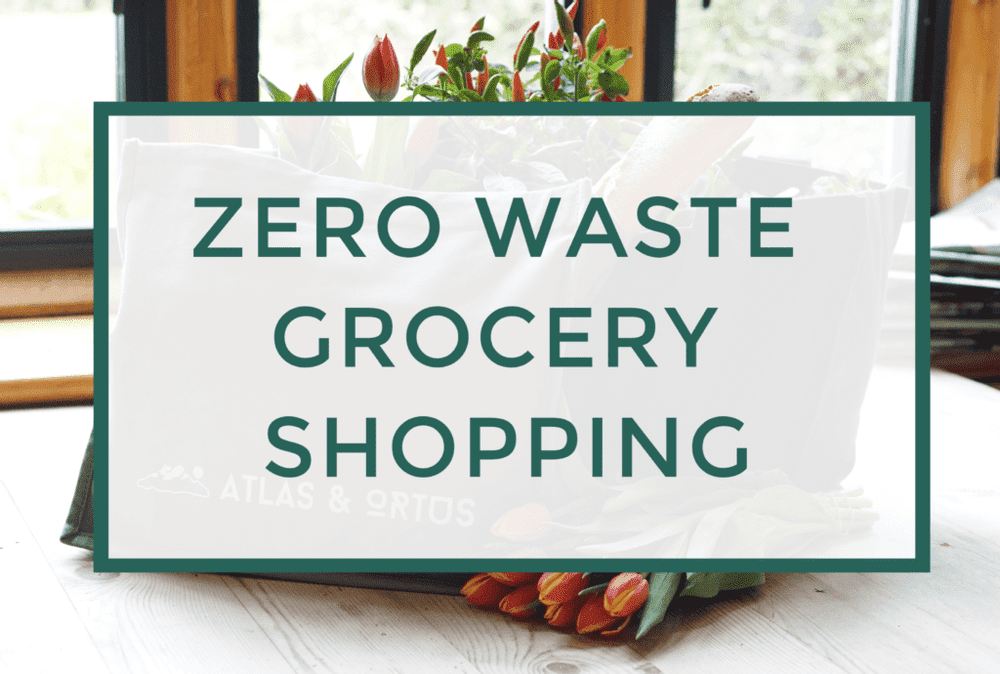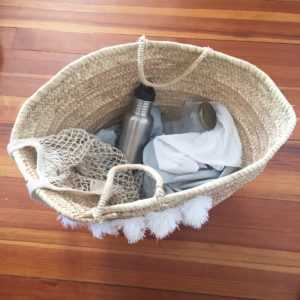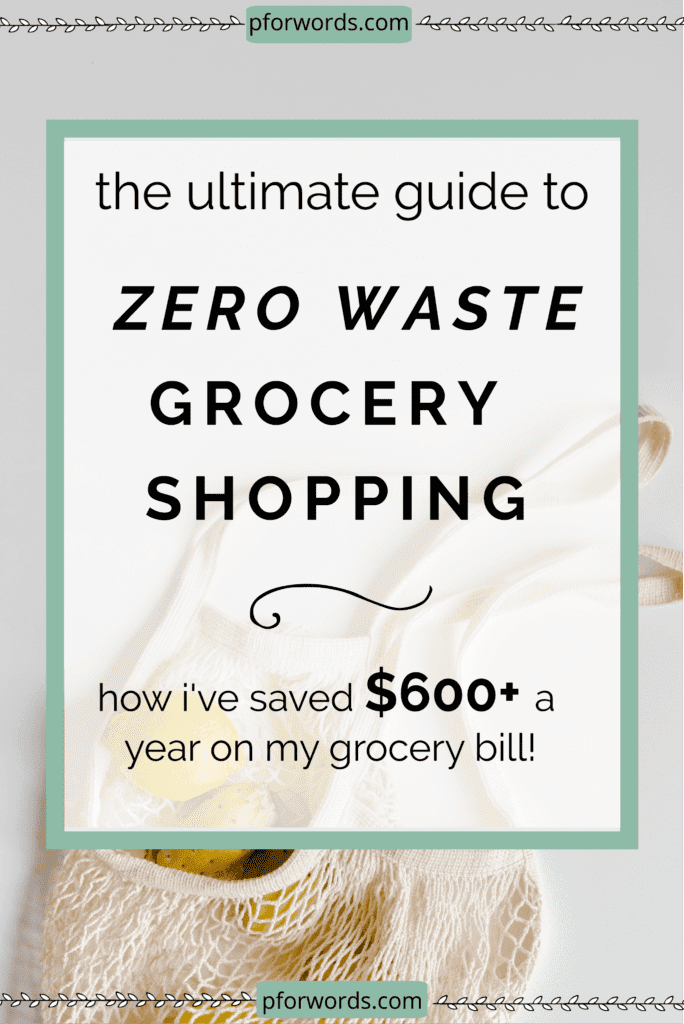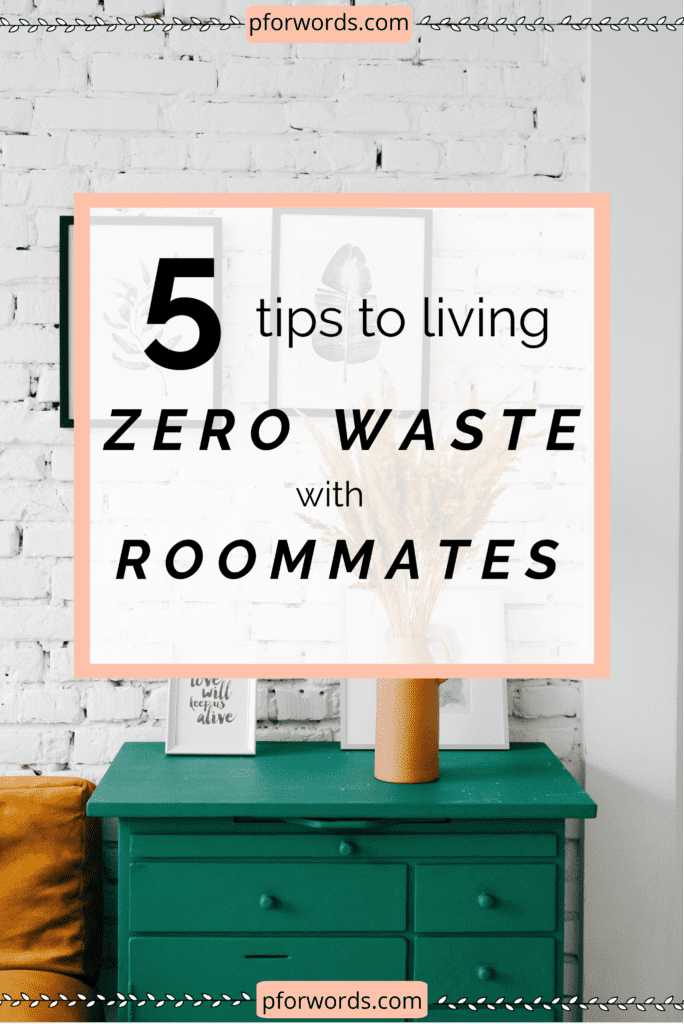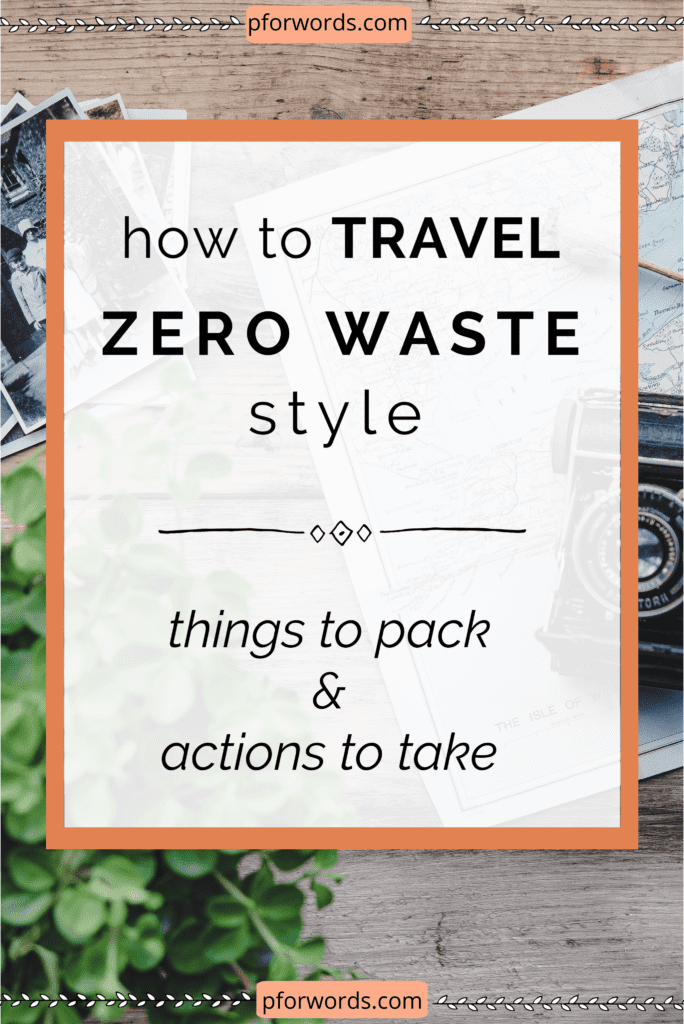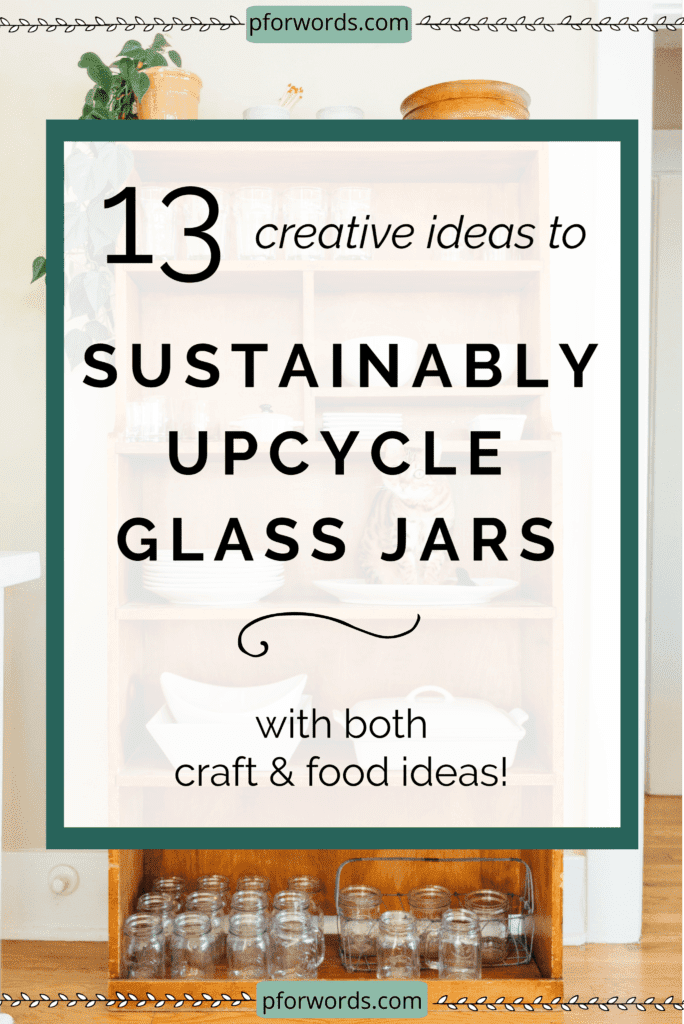The Ultimate Guide to Grocery Shopping the Zero Waste Style
One of the easiest and most impactful routines you can implement to be more zero waste is how you grocery shop!
Most of the time when you see people leaving a grocery store it's with plastic bags chalk full of processed foods in plastic bags (I'm looking at you chips, Oreos, cereal, etc).
Although I was never one for those kinds of food (I thank soccer and growing up in hippy-ville Boulder, Colorado for shaping my decent eating habits) I would still line my cart of boxes organic and "eco-friendly" items.
Bags of granola, kombucha in plastic bottles, pre-popped popcorn, and Annie's mac and cheese, were all things I would regularly stock up on.
I cringe as I look back on this because I thought I was doing so well. And while I don't want to be too harsh on myself, I was starting to pay more attention to ingredients which were good, I had neglected the environment.
After every meal I had a lot of food to throw out, whether it were boxes of food or scraps from veggies as I didn't compost at the time.
And in addition to my wasteful tendencies, I was spending sooooo much money.
I'm talking $120 on groceries and then $40 on takeout each week for just my, myself, and I.
After I started transitioning to living a more sustainable lifestyle, I changed how I food shopped and saw a drastic decrease in my wasteful packaging and average grocery bill.
And while I'm still not perfect (I can't find pasta without a little plastic window), I'm trying my best and if possible would love to inspire you to reevaluate how you shop!
Preparation
1. Have recipes & a grocery list in mind
Before I went zero waste and really streamlined how to shop in this manner, I would aimlessly wander about the grocery store and pick up random items.
Not only would this take me forever, but I’d end up with a bunch of random produce that would end up going bad, which i would then throw in the trash.
Organic material that’s compounded in landfills sits and creates methane which is 24 times more toxic for our environment than CO2.
Don’t waste your food, contributing to harmful emissions, or waste your money on something you won’t end up eating.
Before you head to the store, find 2 or 3 recipes you want to eat for that week.
Survey what you have in your pantry and write down a grocery list for the rest of the items you don’t already have.
When you’re at the store, only buy what’s on the list.
At first, this was super hard for me as I was used to picking up whatever picked my eye.
I’ve gotten better as I’ve learned to only step foot into the store on a full stomach and to realize I don’t to waste money on things I know deep down will end up going bad.
2. Have a Zero Waste Shopping Bag Prepped
Full of cotton tote bags, produce bags, and jars. ^^This is my bag that I bought from a thrift store.
I have a woven bag that I picked up from a thrift store that now serves as the bag for all my bags.
In it, I stuff my cotton grocery totes, my produce bags, and a few jars.
This bag sits close to my door so I have to look at it before I leave, which normally reminds me to bring a bag with me either to the grocery store of just in case.
If you're curious about the actual products I use, check out my recommendations list!
At the store
This is really where the money saving comes into play!
3. Buy local & seasonal produce
Local produce is cheaper (normally)
According to this study, local food sold at the farmers market was statistically less expensive than comparable non-local food sold at nearby supermarkets.
“The findings of this study indicate that common consumer perceptions – that local food, especially local food purchased at the farmers market, is more expensive than non-local supermarket equivalents – are incorrect. Most of the products sold at the farmers market were cheaper than the non-local products sold at the supermarket. “
This needs to obviously be taken with a grain of salt, but I think at a high level sums up that local food, when bought in season, is most likely cheaper than it’s supermarket, imported counterpart.
This will ultimately save you money.
Local produce is better for the environment
But more than just the money, you’re helping the environment.
Shopping local means there are fewer transportation emissions created to cart your food to you.
It means that you’re supporting your small local farmers and thus your local economy.
It means you’re helping conserve land as successful farmers are less likely to sell their land to developers.
And it also means that you’re helping preserve food security by supporting farmers now to help incentivize they stay there for the future.
*** I also want to say that you don't only need to buy local, in season produce to live a more sustainable lifestyle. I certainly don't because I find that that would feel restrictive to me. And I need this lifestyle to be sustainable for the earth but also for me in the long term! So while I try to buy local, in season, and plastic free produce, I normally also grab other imported produce to make sure I'm getting a well-rounded diet!
Progress, not perfection!
4. Buy in Bulk
I’m not talking about buying big Costco sized bags of rice or snacks.
Instead, I’m referring to the big bins of loose items you can scoop out into your own bags/jars.
NPR conducted an investigation into the costs of packaged food vs their unpackaged, bulk counterparts.
You can save 56 percent when you switch from packaged products to the bulk bins.
Need some more convincing, check out this cost comparison or this one!
Buying in bulk also helps ensure you only buy the amount you need.
Only need a handful of peanuts for a recipe? No problem!
Bulk bins give you the flexibility to choose the exact amount you need instead of buying a large, expensive bag of peanuts that might end up going bad before you can use them all.
Bulk bins are a win-win-win.
My grocery bill after buying in the majority of seasonal, local produce and bulk items is about \$65.
In all transparency, I do buy non local and non-in-season items as well. Sometimes I want a couple of apples that are shipped in from California.
Although I’m trying to work on this, I don’t want to compromise my health or my sanity by staying to strict guidelines. I suggest that you do what you can and be proud and happy with that.
I feel that 56% savings from packaged to bulk items might be a little high for me considering I eat a lot of veggies and fruits vs cheaper packaged foods like Oreos for Cheetos.
Let’s say I save 15%, that means I save about \$10 by buying a good portion of bulk and local, in-season produce.
Annual savings: \$520
And this is on the lower side of potential savings!
5. Use those bags & jars
So you make your zero waste shopping kit full of bags and containers, now’s your time to shine!
When buying from the bulk bins, I try to put everything into my produce bags instead of jars because they’re lighter. I tend to only use my jars for small gain items like flour and nutritional yeast.
You can also fill your bags up with loose fruits and veggies, like kale, apples, onions, etc.
Most of the time I will forgo the bag if the produce can withstand it (for example, I’ll throw apples, onions, potatoes, celery, etc loose into my cart). Then I make sure I give them a good wash when I'm home.
I’ll use my bags for more delicate or wet items like spinach, kale, and cilantro.
Now sometimes I will get a \$0.10 bag discount for my produce bags- it depends on my cashier.
But I always get a \$0.10 discount in Cambridge, MA when I use my cotton totes bags instead of taking a plastic or paper bag.
I normally use 3 totes everytime I go shopping, meaning I save \$0.30 every week.
Annual savings: \$15.50
At Home:
6. Store in seal tight containers
Now that you’re home, make sure you protect your food to keep it to keep it as fresh as possible.
I use an assortment of jars. Most are mason jars I found at Goodwill and cleaned, others are jars I’ve saved from foods, like jelly or peanut butter.
Whatever you like, I suggest it has a seal or some kind of way to keeping air and critters out. This will help ensure your food last longer, preventing you from having to compost food and waste your money.
7. Use every scrap
My last piece of advice probably sounds like a no brainer.
But lemme tell you, this didn’t come naturally to me when I started going zero waste.
Although I was used to eating a ton of veggies, I didn’t do a great job efficiently cutting and utilizing them.
I cut way to much off the tops of strawberries, threw out a large chunk of the end nub of an onion, and tossed out the stems of broccoli.
Oh how I’ve changed.
I’ve come to realize that it’s super duper wasteful to be ‘selective’ with what parts of your food you eat.
Throwing organic material out into the garbage is terrible as it will sit compacted and contribute to methane production, which is 24 times worse for the environment than CO2.
Tossing veggie scraps into the compost isn’t as bad as compost will break down and provide the necessary nutrients to become an effective fertilizer.
However, I say eat everything you got to save you money!
Easy ways to use up all your veggies and fruits:
- Roast your broccoli stems
- Turn mushy berries into a simple jam by mashing them up with a little bit of honey and chia seeds
- Roast your cauliflower leaves
- Pickle your watermelon rinds
- Make a stew or rice bowl with veggies that are just about to go off
Using up all my food will definitely keep my tummy and wallet fed longer.
Wrapping it up!
Well that's all I have got for you folks. I think the key takeaway is that being prepared can save you a ton of money and a ton of trash. Have those bags ready, know your meals for the week, have your jars ready to be filled with food goodness.
And as always, lemme know if you have any questions!
Cheers!
---
You May Also Like
Hi, I'm Taylor
Amateur adult. Zero waste zealot. Personal finance fiend. Spicy food supporter. I’m an mid 20’s gal living in Denver, Colorado. My love of the outdoors has cultivated my zero waste lifestyle, which inadvertently fueled my passion for personal finance. Cheers to everyone interested in lessening their footprint while growing their wallet!
